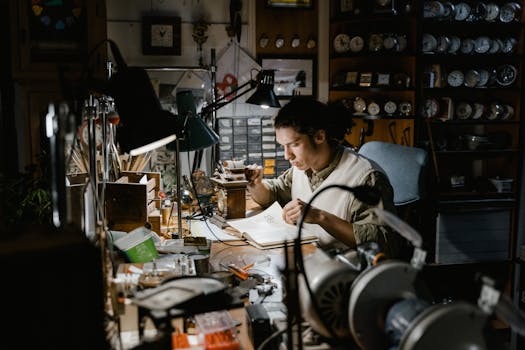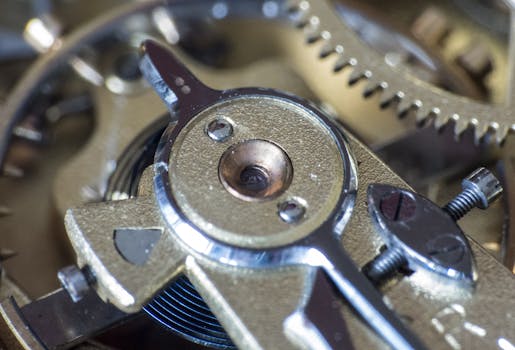
The Impact of Quartz Technology on Traditional Watchmaking
Introduction to Quartz Technology and Traditional Watchmaking

Quartz technology, also known as quartz crystal technology, is a method of timekeeping that uses a quartz crystal to regulate the movement of a watch. This technology was first introduced in the 1960s and has since become a widely used method of timekeeping in the watchmaking industry. Traditional watchmaking, on the other hand, refers to the craft of making watches using mechanical movements, which have been used for centuries.
The Rise of Quartz Technology

The introduction of quartz technology marked a significant shift in the watchmaking industry. Quartz watches were more accurate, reliable, and required less maintenance than traditional mechanical watches. This made them appealing to consumers who wanted a low-maintenance and affordable timepiece. As a result, quartz watches became incredibly popular, and their production increased rapidly.
The Impact on Traditional Watchmaking

The rise of quartz technology had a devastating impact on traditional watchmaking. Many traditional watchmakers were forced to adapt to the new technology or risk being left behind. Some watchmakers attempted to incorporate quartz movements into their watches, while others continued to produce traditional mechanical watches. However, the demand for traditional mechanical watches declined significantly, and many watchmakers were forced to close their businesses.
Efforts to Preserve Traditional Watchmaking

In recent years, there has been a resurgence of interest in traditional watchmaking. Many watch enthusiasts and collectors have come to appreciate the craftsmanship and beauty of traditional mechanical watches. As a result, some watchmakers have begun to focus on producing high-quality, traditional mechanical watches. Additionally, many watch schools and training programs have been established to teach the art of traditional watchmaking to a new generation of watchmakers.
Conclusion

In conclusion, the impact of quartz technology on traditional watchmaking has been significant. While quartz technology has revolutionized the watchmaking industry, it has also posed a threat to traditional watchmaking methods. However, there is still a place for traditional watchmaking in the industry, and many watchmakers are working to preserve this craft. As the demand for traditional mechanical watches continues to grow, it is likely that traditional watchmaking will continue to thrive.
Quartz technology and traditional watchmaking are not mutually exclusive, and many watchmakers are now combining the two to create unique and innovative timepieces. The future of watchmaking is likely to involve a combination of traditional craftsmanship and modern technology, and it will be exciting to see how the industry evolves in the coming years.
The Future of Watchmaking

The future of watchmaking is likely to be shaped by a combination of technological advancements and traditional craftsmanship. As technology continues to evolve, we can expect to see new innovations in watchmaking, such as the use of advanced materials and computer-aided design. At the same time, there will always be a demand for traditional mechanical watches, and watchmakers will continue to produce these timepieces using traditional techniques.
The Role of Watchmaking Schools and Training Programs

Watchmaking schools and training programs play a crucial role in preserving the craft of traditional watchmaking. These programs provide students with the skills and knowledge necessary to become skilled watchmakers, and they help to ensure that the craft of traditional watchmaking is passed down to future generations. Many watchmaking schools and training programs are now offering courses in traditional watchmaking, and some are even specializing in the production of traditional mechanical watches.
The Importance of Preserving Traditional Watchmaking

Preserving traditional watchmaking is important for several reasons. Firstly, traditional watchmaking is a craft that has been passed down for centuries, and it is an important part of our cultural heritage. Secondly, traditional mechanical watches are beautiful and intricate timepieces that are highly prized by collectors and watch enthusiasts. Finally, preserving traditional watchmaking helps to ensure that the skills and knowledge necessary to produce these timepieces are not lost.
Conclusion

In conclusion, the impact of quartz technology on traditional watchmaking has been significant, but it is not the end of traditional watchmaking. Many watchmakers are working to preserve this craft, and there is still a demand for traditional mechanical watches. As the watchmaking industry continues to evolve, it is likely that traditional watchmaking will continue to thrive, and we can expect to see a combination of traditional craftsmanship and modern technology in the production of timepieces.






